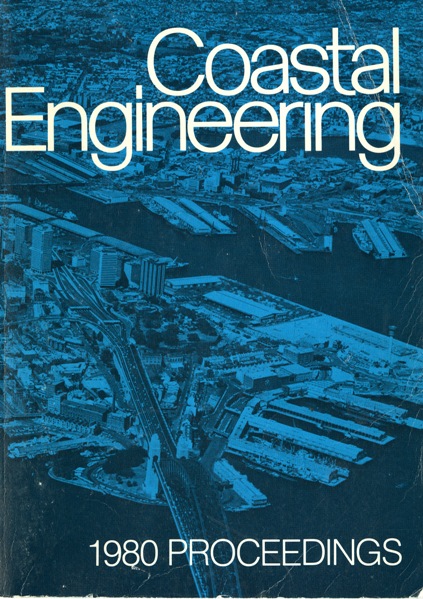Abstract
Nearshore circulation on a partially rocky shore at Haranomachi Beach, Fukushima Prefecture, Japan has been studied in terms of field observations and numerical experiments for a low energy wave regime and with a physical experiment for a high energy wave regime. No significant distinctions were found in current velocity and rip current spacing between rocky and sandy beaches for the low energy wave regime, however the positions of rip currents were affected by wave refraction from the offshore exposed rocky bottom. On the other hand, since the surf zone bed is largely occupied by an exposed rocky floor for the high energy wave regime, the circulation exhibited fairly irregular patterns, so that a rip current becomes difficult to define, however the positions of inflow across the breaker line were found to be coincident with wave convergence zone.
Authors retain copyright and grant the Proceedings right of first publication with the work simultaneously licensed under a Creative Commons Attribution License that allows others to share the work with an acknowledgement of the work's authorship and initial publication in this Proceedings.

